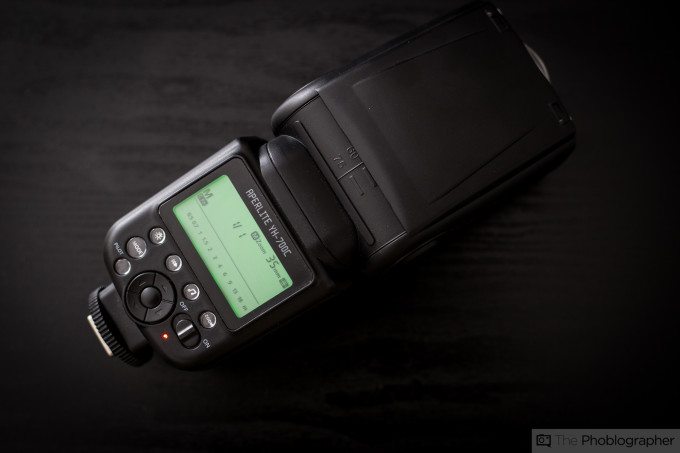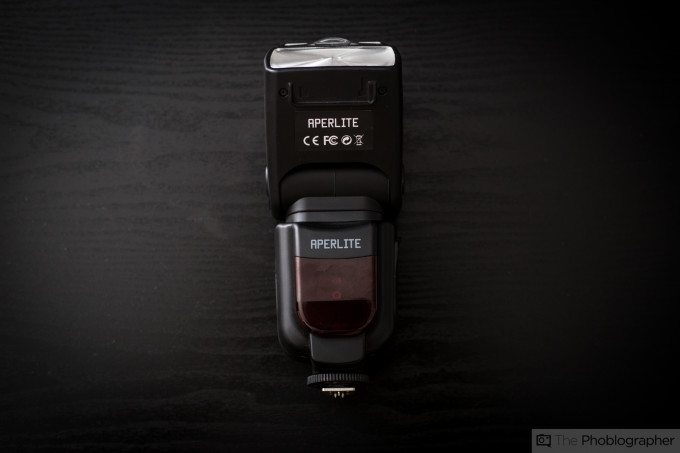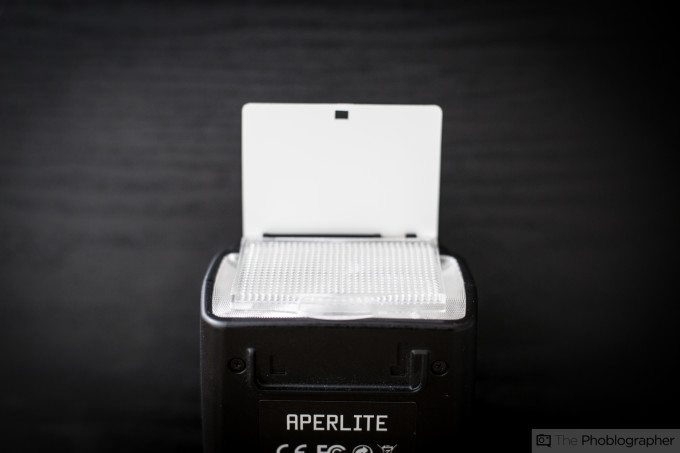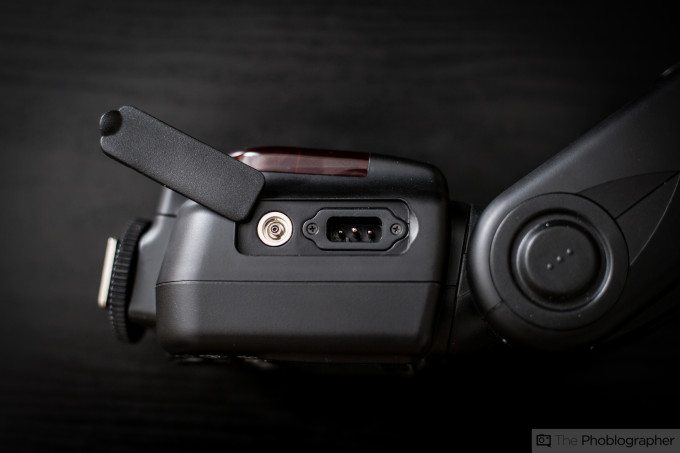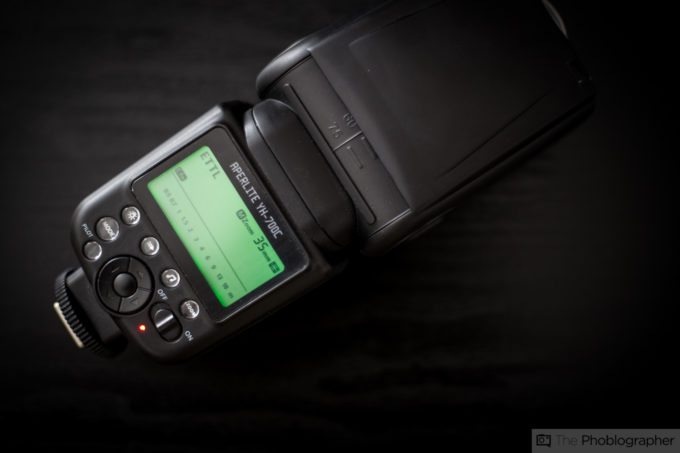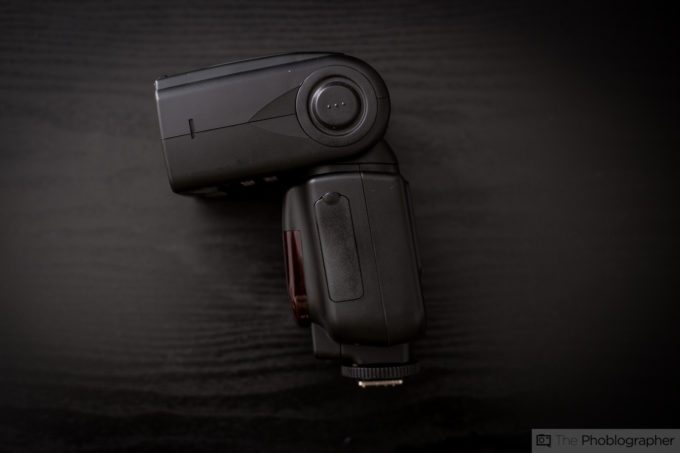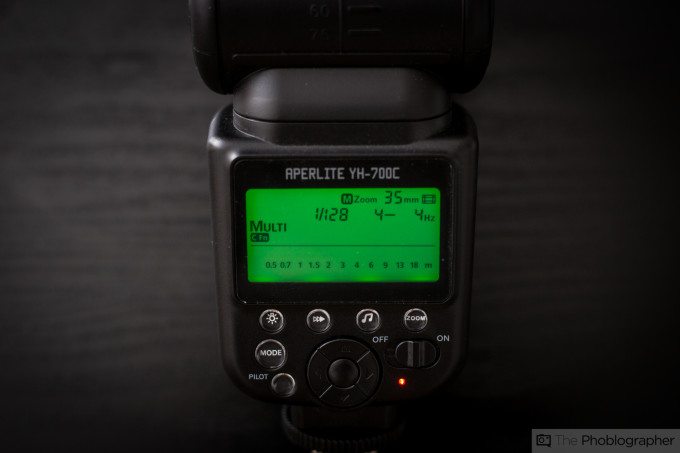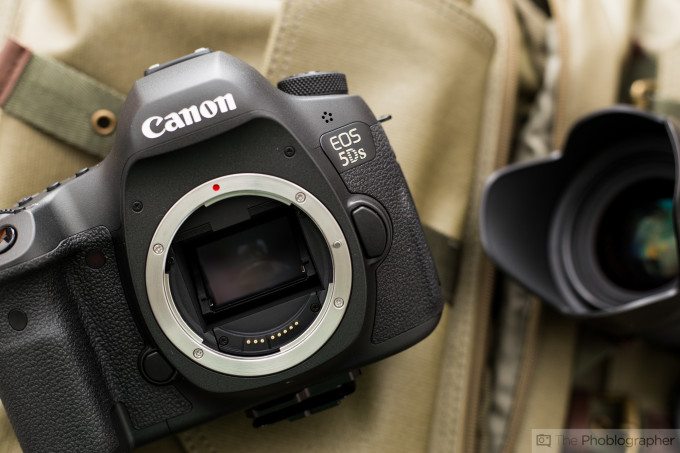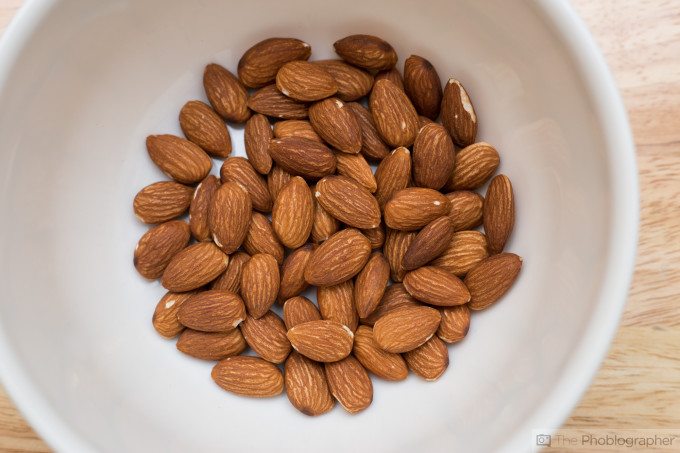Aperlite isn’t as well known as Phottix or Yongnuo when it comes to affordable third party flashes, but that doesn’t necessarily mean that the quality isn’t there. In a world where everyone and their mother is creating a Me Too flash of some sort, getting to the best of the best is tough to do. The Aperlite YH-700C is a flash. Yes, that’s it. It’s an ordinary flash with TTL capabilities with both Canon and Nikon cameras. No radio wireless control, no crazy features at all–just a flash that’s very akin to Canon’s older 580 EX II. That means you’ve got TTL, manual and stroboscopic modes in addition to a tilting and swiveling head.
It isn’t exactly doing anything to push the technology barriers, but for what you’re paying for there isn’t a whole lot to complain about.
Pros and Cons
Pros
– Very affordable
– Better build quality than Yongnuo, but not better than Phottix
– The most simplistic menu system of the Chinese made flashes due to the lack of major technological features
Cons
– Doesn’t really do anything to push the technological barriers
– Eats batteries and can take a bit too long to recycle.
– Beeping noise can sometimes make you think that the flash will take longer to recycle or cool down when the battery life is around half way.
Gear Used
We reviewed the Aperlite YH-700C flash with the Canon 6D, Sigma 35mm f1.4 and Canon 50mm f1.8 STM.
Tech Specs
Specs taken from the Amazon listing of the flash
Circuit Design: Insulated Gate Bipolar Transistor (IGBT)
Guide Number: 58 at ISO 100 (105mm) maximum
Flash Modes: Canon E-TTL II, E-TTL, M, Multi
Wireless Modes: Canon Wireless TTL, S1, S2
Wireless Slave Groups: 3 groups (A, B and C)
Wireless Channel: 4
Flash Coverage: 24-105mm (16mm with wide panel)
Vertical Angle: -7 – 90°
Horizontal Angle: 0 – 270°
Internal Power: 4 AA batteries
Battery Life: 110-1500 flashes
Recycle Time: up to 3 seconds
Color Temperature: 5800K
Flash Duration: 1/200 s to 1/20000 s
Flash Power Adjustment: 8 levels of output control (1/128 – 1/1), 28 levels of fine tuning
Dimensions: 78.0 x 146.0 x 118.5 mm
Weight: 390 g
Ergonomics
The Aperlite YH-700C flash is very minimalistic in its ergonomic design. The front is very standard with the IR sensor facing out and the company branding.
The head has a large tab to allow you to pull out the wide angle diffuser and the bounce card. We made lots of use of the diffuser, but not a lot of the bounce card.
Move to the port area, and you’ll find access for a battery pack and a PC cable. The fact that there is no 3.5mm radio port is a bit archaic in design as almost every flash has one.
The back of the flash is where you’ll control the power. TTL is simple enough, as is exposure compensation. When it comes to setting the flash manually, you’ll have no trouble with the large LCD screen and the simplistic button layout.
The flash’s head can tilt and swivel in pretty much every direction that every other modern flash can these days. For the enthusiast or professional who burns through loads of flashes, you’ll appreciate this feature.
Build Quality
The Aperlite YH-700C for Canon DSLR cameras is built fairly well. It isn’t as well designed as Canon’s 580 EX II due to the lack of weather sealing, nor is it as solid feeling as the Phottix Mitros or something like the LumoPro LP-180 flash. But it feels much better than anything Yongnuo has designed.
During our very long testing period, this flash took a tumble out of a rucksack that we used and fell around three feet onto concrete. It continued to function with no problems.
Ease of Use
One of the best features of the Aperlite YH-700C is the simplistic menu system. There aren’t a lot of modes and going from TTL to manual or stroboscopic is a matter of pressing the mode button. Adjustments are made via the control button and directional pad.
There really isn’t a whole lot to it. For that reason, it’s a great flash for a brand new consumer that will stick the flash in the hot shoe and shoot to their heart’s content. It’s also nice for photojournalists who stick the flash in the shoe and never take it out.
During its use, what you’ll find is that the flash tends to eat AA batteries. You’ll need to have lots of spares on you. During our testing period and using the flash almost every day for the site’s product reviews, we found that we had to change to fresh batteries around twice a month. Phottix’s radio flashes don’t drain battery that much and with our shoots, we only need to change the batteries once every two months.
Image Quality
In terms of image quality, there isn’t anything amazingly spectacular about what it can do. Essentially, the Aperlite YH-700C has pretty much the same image quality output as many other flashes. For some, that can be a great thing since you’re getting that quality for cheaper or around the same price.
The trick is all about knowing how and where to bounce the flash–as it is with all flashes. The problem here is that you’re confined to the hot shoe unless you have some sort of radio accessories that can rectify this problem. Again, this is a flash designed to be used in the hot shoe–not off-camera.
Conclusions
The Aperlite YH-700C is a decent flash for the photographer not reaching for higher fruit. But if you’re the type of person who will beat your flash up and constantly need to replace it or a weekend warrior that just wants to shoot for fun, then this is the flash for you. But if you’re anything more than that, then look elsewhere.
The Apertlite YH-700C gets three out of five stars. Want one? Check out Amazon for the latest listing.


